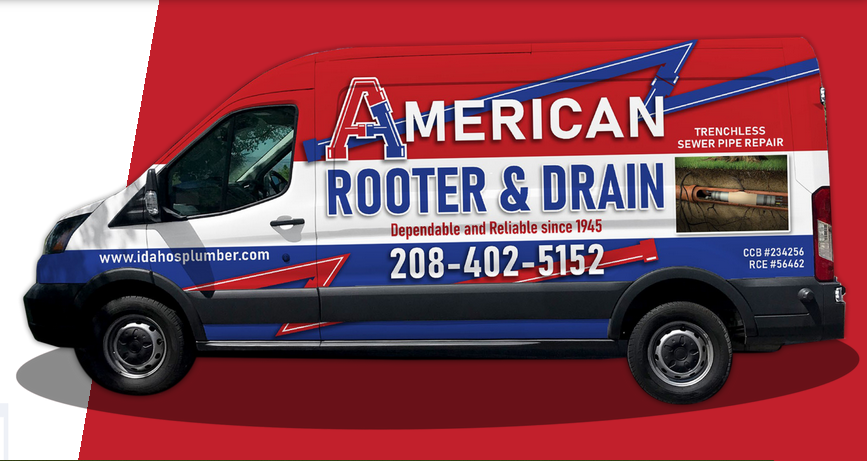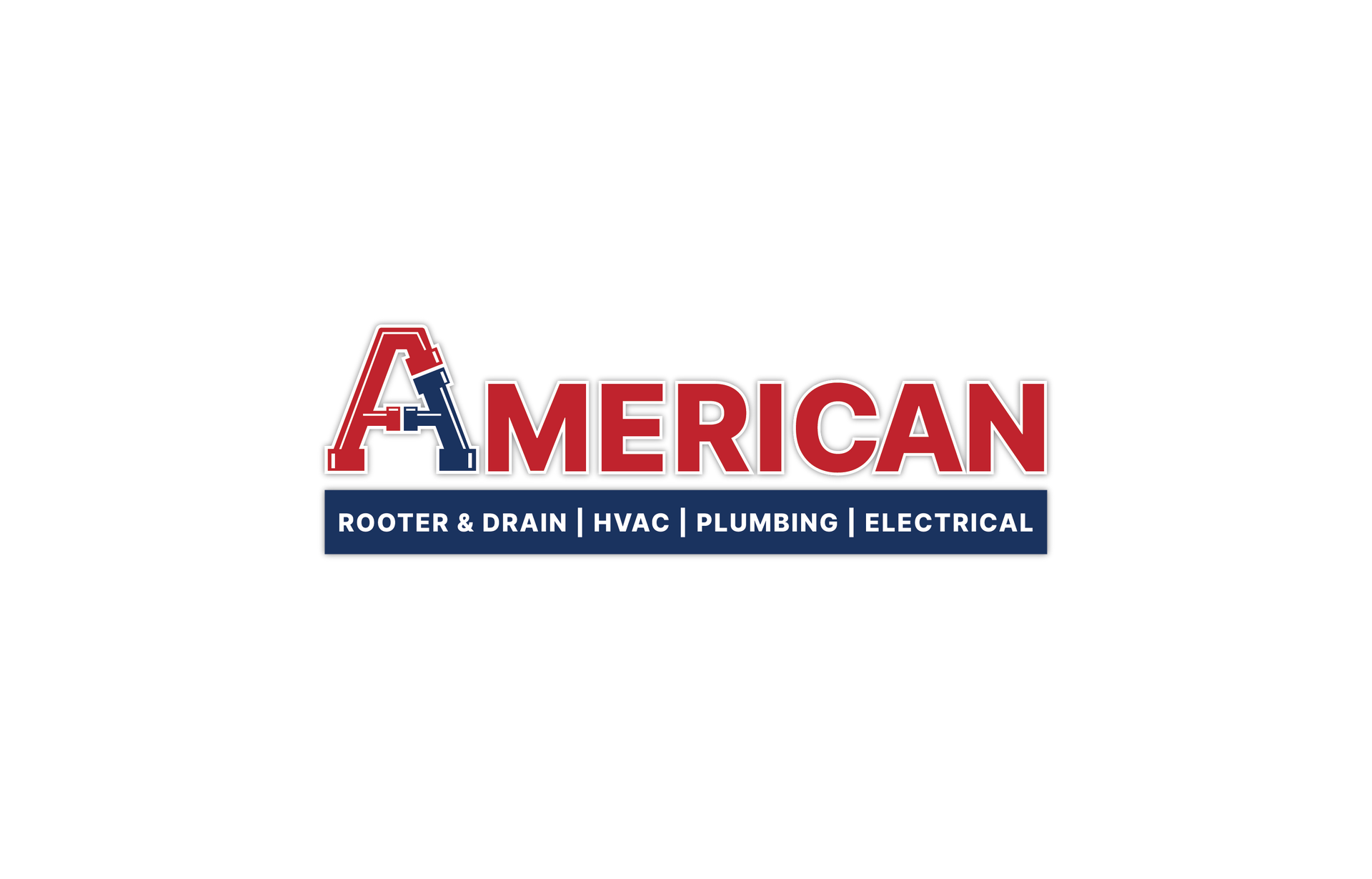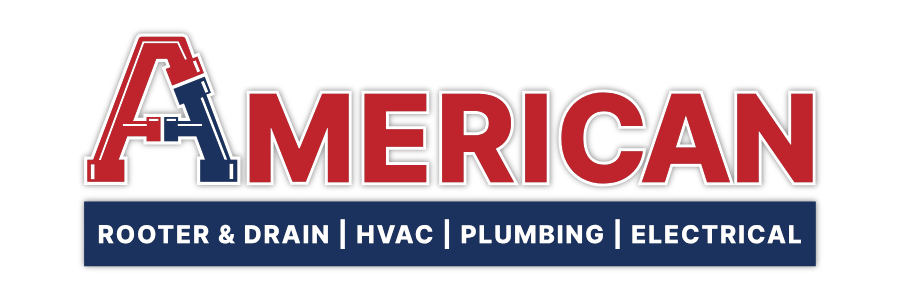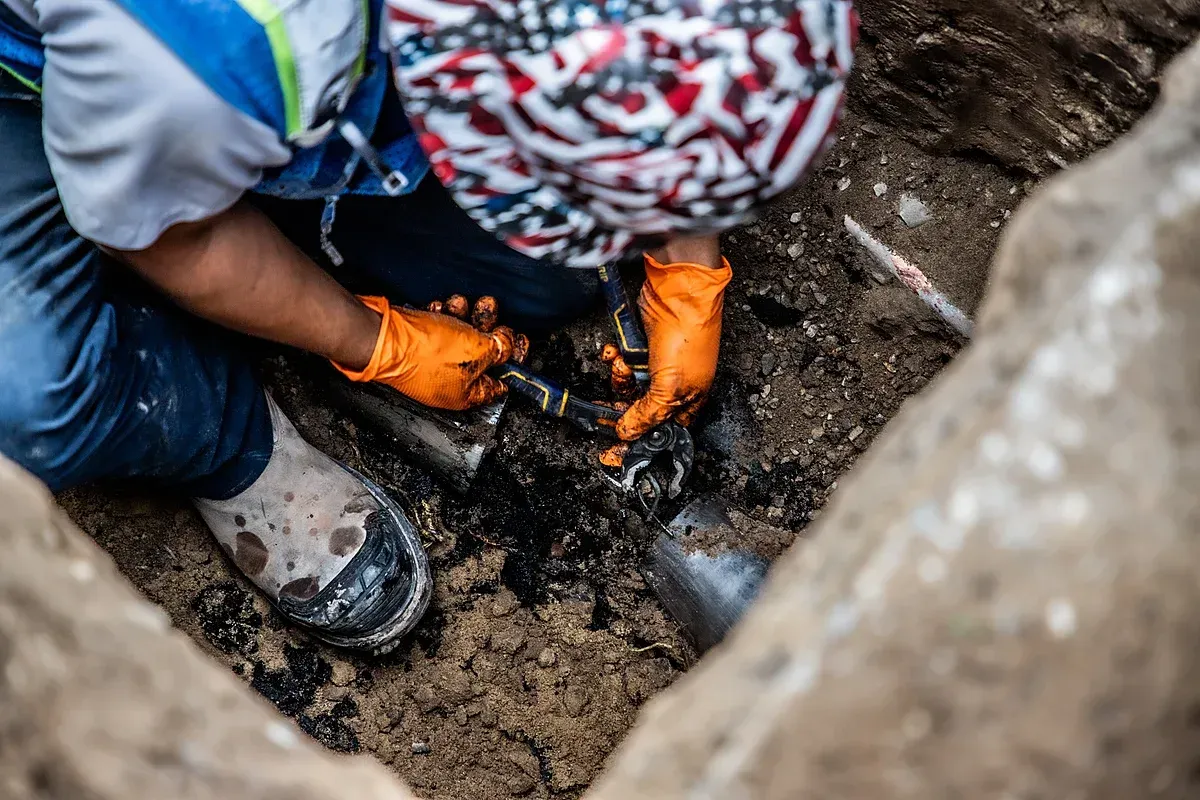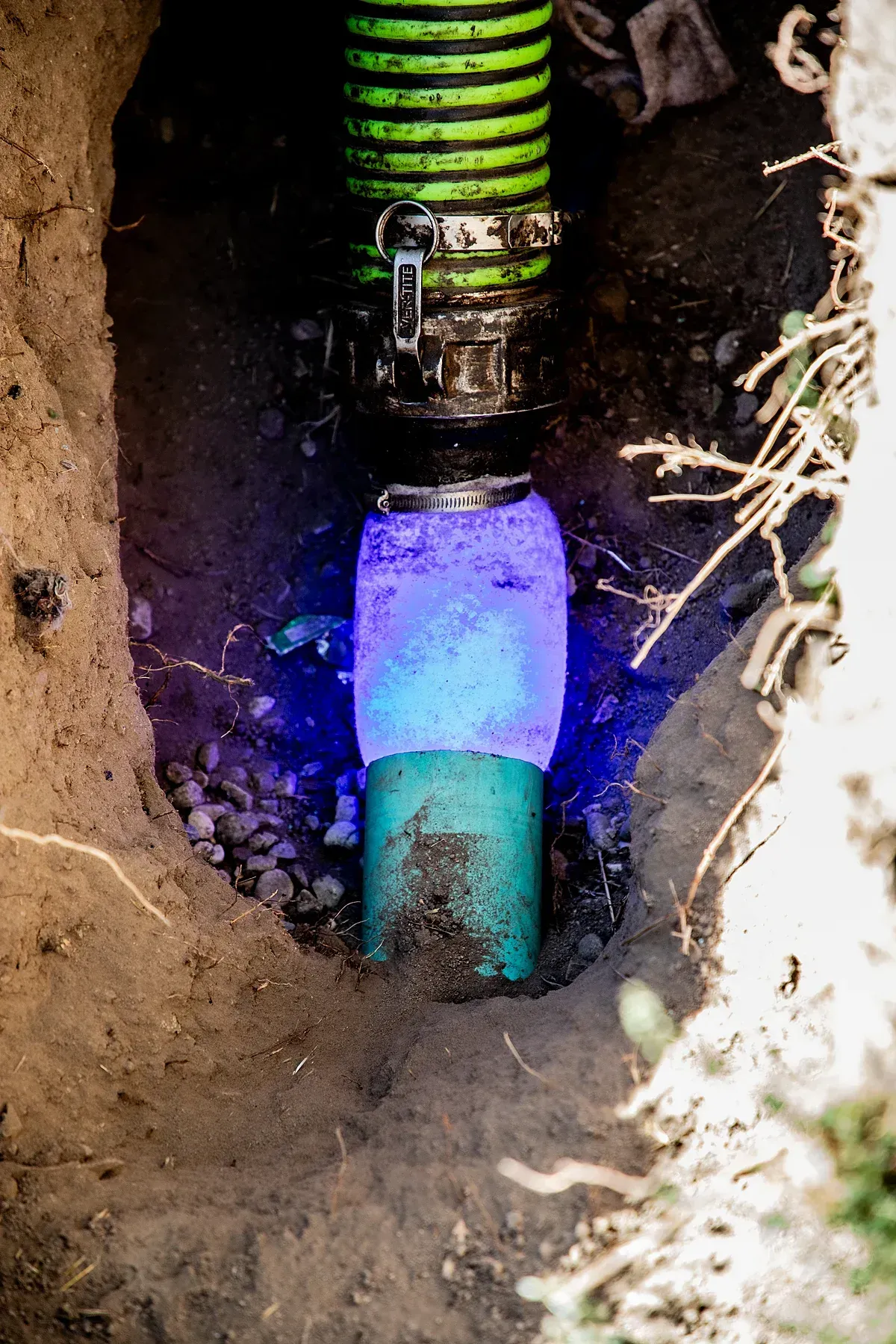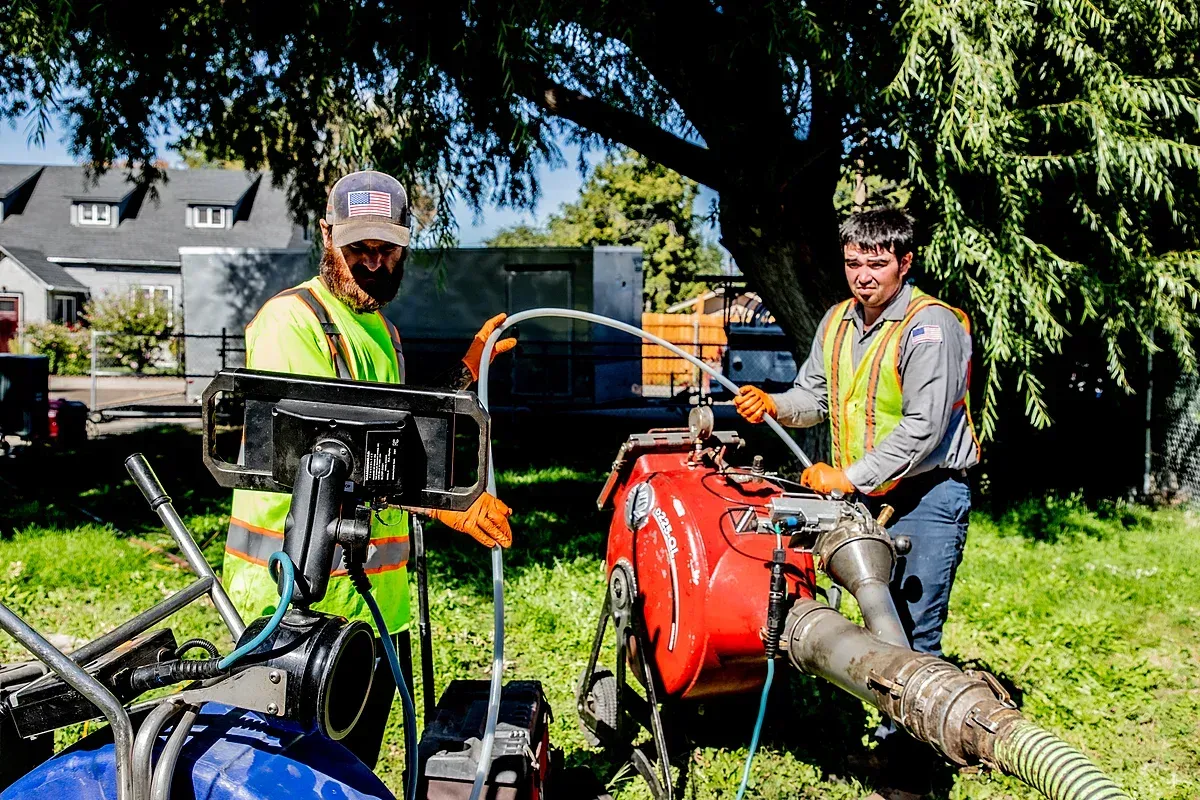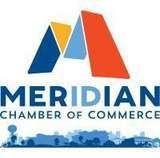Pipe Repair & Replacement Services:
Trenchless Sewer Solutions
Expert Pipe Repair and Replacement
When it comes to maintaining the integrity of your plumbing system, expert pipe repair and replacement services are essential. Utilizing innovative techniques like trenchless technology, we can address a variety of plumbing issues with minimal disruption to your property. This article delves into the benefits of trenchless pipe repair, when to consider pipe replacement, how to choose the right plumbing services, and much more to ensure your plumbing needs are met efficiently and effectively.
What Are the Benefits of Trenchless Pipe Repair?
How Does Trenchless Technology Work?
Trenchless technology revolutionizes the way we approach pipe repair. Instead of excavating large sections of your yard or driveway to access the plumbing pipes, trenchless methods allow for repairs and replacements with minimal digging. This is achieved through techniques like pipe bursting and slip lining, which enable the existing pipe to be either replaced or repaired without extensive disruption. In pipe bursting, a new pipe is introduced while simultaneously breaking apart the old pipe, whereas slip lining involves inserting a smaller pipe into the existing damaged pipe. Both methods ensure that your plumbing system is restored efficiently while preserving your landscape.
What Are the Advantages of Using Trenchless Methods?
The advantages of trenchless sewer repair services are numerous. First and foremost, the reduction in excavation means that your property remains intact, saving you from costly landscaping repairs. Additionally, trenchless methods typically take less time than traditional methods, allowing for faster service and less downtime for your plumbing system. Homeowners can also enjoy the long-term durability of modern materials used in trenchless repairs, which are less susceptible to corrosion and other forms of degradation. Ultimately, opting for trenchless pipe repair can lead to significant cost savings and a hassle-free experience.
Is Trenchless Repair Suitable for All Types of Pipes?
While trenchless repair methods are highly effective for many types of plumbing pipes, they may not be suitable for every situation. Factors such as the condition of the existing pipe, its material, and the specific plumbing needs of your home will determine if trenchless technology is the best option. For instance, older pipes made of materials like clay or those that have extensive corrosion may not respond well to trenchless methods. It's essential to consult with a licensed plumber who can assess your plumbing system and recommend the best course of action for pipe repair or replacement .
When Should You Consider Pipe Replacement?
What Signs Indicate You Need a Pipe Replacement?
Recognizing the signs that indicate you may need a pipe replacement is crucial for maintaining your plumbing system. Common indicators include frequent leaks, low water pressure, discoloration of your water, or the presence of a burst pipe. If you notice any persistent plumbing issues, it may signal that your existing pipe has reached the end of its lifespan. Additionally, recurring clogs in your sewer line or water pipe can suggest that the integrity of your plumbing system is compromised, making it essential to contact a plumbing company for a thorough inspection.
How Long Does Pipe Replacement Take?
The timeline for a pipe replacement can vary based on the complexity of the job and the methods employed. Generally, trenchless methods can significantly reduce the time required for replacement services compared to traditional excavation techniques. While some replacements can be completed in a single day, others may take several days, depending on the scope of the work and any additional factors, such as weather conditions. Clear communication with your plumber regarding the expected duration of the project is vital to managing your expectations during the process.
What Are the Costs Involved in Pipe Replacement?
The costs associated with pipe replacement can vary widely based on several factors, including the type of pipe, the extent of the damage, and the methods used for replacement. On average, homeowners can expect to pay more for trenchless services than traditional methods due to the advanced technology involved. However, considering the long-term benefits, such as durability and reduced need for future repairs, trenchless pipe replacement can often be more cost-effective in the long run. It is advisable to obtain multiple quotes from licensed plumbers to ensure you are getting competitive pricing for quality services.
How to Choose the Right Pipe Repair Services?
What Should You Look for in a Qualified Plumber?
Choosing a qualified plumber for your pipe repair or replacement needs is critical. Look for a licensed plumber who has experience with trenchless technology and a solid understanding of various plumbing systems. A reputable plumbing company will provide transparent estimates, detailed explanations of the work to be done, and a warranty for their services. Additionally, it's beneficial to inquire about their training and certifications, ensuring they are well-versed in the latest plumbing practices.
Are Reviews and Recommendations Important?
Reviews and recommendations play a significant role in identifying reliable pipe repair services . Word-of-mouth referrals from friends and family can provide valuable insights into a plumber's reliability and quality of work. Online reviews on platforms such as Google and Yelp can also help gauge customer satisfaction and reveal any potential red flags. By taking the time to research and read testimonials, you can feel more confident in your choice of a plumbing expert.
What Questions Should You Ask Before Hiring a Plumber?
Before committing to a plumbing company, it’s essential to ask the right questions to ensure you are making an informed decision. Inquire about their experience with trenchless sewer repair, the types of materials they use, and their approach to handling unexpected issues that may arise during the job. Additionally, ask about their pricing structure and whether they offer free estimates. Don’t hesitate to seek clarification on any aspects of their services to ensure they align with your plumbing needs.
What Types of Pipes Are Commonly Used and Repaired ?
What Are the Differences Between PVC and PEX Pipes?
PVC and PEX pipes are among the most commonly used plumbing materials. PVC (Polyvinyl Chloride) is known for its durability and resistance to corrosion, making it an excellent choice for drain, waste, and vent piping. In contrast, PEX (Cross-Linked Polyethylene) is flexible and easier to install, particularly in tight spaces. It is ideal for water supply lines and can expand to resist freezing, reducing the risk of burst pipes during cold weather. Understanding the differences between these materials can help you make informed decisions regarding pipe repair and replacement.
How Does Corrosion Affect Different Types of Pipes?
Corrosion can significantly impact the lifespan and functionality of plumbing pipes. For instance, older galvanized pipes are particularly susceptible to rust and corrosion, leading to leaks and reduced water pressure. In contrast, modern materials like PVC and PEX are designed to resist corrosion and wear, making them more suitable for long-term use. Regular inspections and maintenance can help identify early signs of corrosion, allowing homeowners to take proactive measures to prevent extensive damage and costly repairs.
What Makes Galvanized Pipes Unique?
Galvanized pipes are unique due to their protective zinc coating, which was once a standard for plumbing systems. However, over time, this coating can wear away, leading to corrosion and a host of plumbing issues. If you have an old plumbing system with galvanized pipes, it’s crucial to monitor their condition closely and consider replacement options if significant corrosion is present. With the advancement of plumbing technology, many homeowners are opting for modern materials that offer enhanced durability and reduced maintenance requirements.
How Can You Schedule Pipe Repair or Replacement Services ?
What Is the Simple Online Booking Process Like?
Scheduling pipe repair or replacement services has never been easier, thanks to streamlined online booking processes. Most reputable plumbing companies offer user-friendly websites where you can quickly select the type of service you need, choose a convenient time, and even receive an initial estimate. This efficiency saves you time and allows for prompt attention to your plumbing issues without the need for lengthy phone calls or in-person visits just to set up an appointment.
How Can You Contact Us Today for Assistance?
If you are experiencing plumbing issues or need expert pipe repair or replacement, don’t hesitate to contact us today. Our team of licensed plumbers is ready to assist you with all your plumbing needs, including trenchless sewer solutions. Whether you require immediate assistance or wish to schedule a consultation, we are just a call away. Our friendly staff will guide you through the process and ensure your plumbing issues are resolved efficiently.
What Information Should You Prepare Before Contacting a Plumber?
When reaching out to a plumber, it's helpful to have specific information ready to streamline the process. Be prepared to discuss the type of plumbing issue you are facing, any visible signs of damage, and the age of your existing pipes. Additionally, having details regarding your water pressure, previous plumbing work done, and any relevant history can assist the plumber in diagnosing the issue more accurately. This preparation can lead to a more efficient and effective service experience.
Polybutylene Pipes
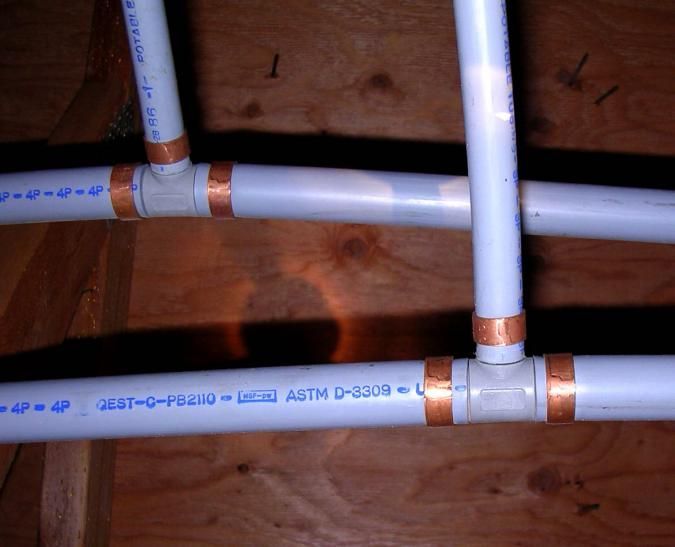
What Are Polybutylene Pipes? These are grey in appearance and were traditionally used for potable hot and cold-water supply lines in residential homes.
They are constructed from plastic and were manufactured between 1978 and 1995, for home plumbing systems. Polybutylene pipes were installed in up to 10 million homes in the USA, but production ceased mid-1996 after multiple claims were filed due to them rupturing and causing property damage.
Since then, these pipes have been recalled and many current insurance policies no longer cover them.
Common causes for failure: disinfectants eroding material, fractures that allow leaks, or improper installation.
What Are Your Options?
If you’re one of these homeowners that happen to still have polybutylene pipes, you will need to weigh the risks of an expensive plumbing failure or paying to have them replaced.
Most Proactive Solution: Replace your polybutylene pipes to eliminate the risk of a pipe bursting. Our master plumbers are ready to help!
Alternative Solution: Make sure your home water shut-off valve is turned OFF before you take a vacation or need to be away from home for more than a day. There is still a risk of flooding, but it can help prevent bursts and leaks that would last a long time while you are gone.
Cast Iron Pipes
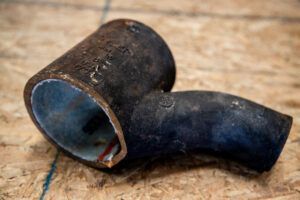
What Are Cast Iron Pipes? They are easy to recognize with their black finish and hub sections that connect one piece of pipe to another. They are not entirely rust resistant though, so color may shift over time.
These have been around for decades and are still being manufactured although they are more commonly installed in older homes. They were considered the “gold standard” back in the day before PVC became the new preference.
Common causes for failure: lack of durability, corrosion, sinking and cracking underground due to their weight, repetitive sewer backup and clogged drains.
What Are Your Options? Since they are still manufactured, you aren’t urged to necessarily replace them unless you are encountering multiple complications.
Most Proactive Solution: Replace system with a cheaper, more durable option to avoid more expenses in the future. Our professionals will help you pick a solution that is ideal for your home and finances.
Alternative Solution: Repair sections of your pipe that have cracks or corrosion.
Galvanized Pipes
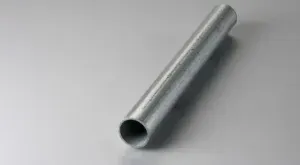
What Are Galvanized Pipes?
At first sight during installation, these appear to be the color of nickel but upon aging they become duller and occasionally darker.
These are steel pipes coated in zinc as a protective layer and common in homes built before 1970.
The average lifespan for galvanized piping is 40-50 years but it has been known to fail sooner in many cases.
Common causes for failure: zinc eroding over time, corrosion build-up, and harmful substances such as lead being released into the home water supply from the lead service lines that were used back then.
What Are Your Options?
Not all galvanized piping has necessarily gone bad, but it really depends on how old it is and whether it was properly installed.
Most Proactive Solution: Replace your galvanized pipes to eliminate the risk of serious property damage and potential hazards to you and your family’s health.
Alternative Solution: Have one of our professional plumbers come inspect your pipes to see how well your pipes are holding up in their estimated lifespan.
PVC Pipes
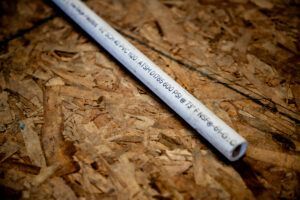
What Are PVC Pipes?
These are white or grey with a gritty texture and technical specifications printed on them.
These are polyvinyl chloride pipes. 40 million tons per year get manufactured and used for multiple purposes such as: electrical insulation, medical tubing, flooring, water supply, plumbing, irrigation structures and more.
PVC piping has plenty of benefits but specific to plumbing some of the main advantages include durability, 100-year lifespan underground, easy installation and maintenance, safer materials with excellent recyclability.
Common causes for failure: defects being missed in manufacturing, high-stress from snap-fit assembly, and loss of strength when exposed to ultraviolet rays.
What Are Your Options?
Schedule an inspection with one of our master plumbers to make sure they were properly installed and withholding their strength in their environment.
Most Proactive Solution: Repair or replace sections that need it.
Alternative Solution: Schedule annual inspections to keep an eye on any areas of concern.
CPVC Pipes
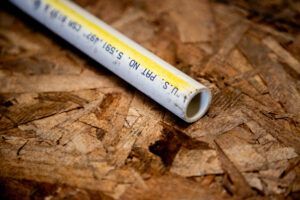
What Are CPVC Pipes? They appear off-white, light grey, or yellow and have technical specifications printed on them.
These are a variant of PVC but withstand higher temperatures.
·CPVC is commonly used for HVAC systems to transport hot water appropriately. Building codes often mandate this type of piping to meet their safety regulations and final inspections.
Common causes for failure: damage during installation, improper storage, and contact with unexpected chemicals that it was not made to withstand.
What Are Your Options?
If your building codes mandate this type of piping, then options are limited but we are certain we can still help!
Most Proactive Solution: Repair or replace sections that need it.
Alternative Solution: Maintain seasonal maintenance checklists as a preventative measure and to extend the lifeline.
Copper Pipes
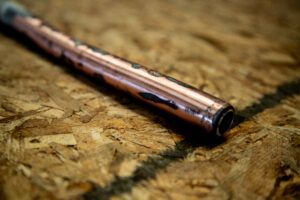
What Are Copper Pipes? Their color can change but start out as a warm reddish-brown. If they appear green or blue-green, that means they have experienced oxidation.
These are made of 99.9% copper and used to transfer various liquids in construction for water supply, or refrigerant lines in HVAC systems.
Known for being light weight, strong and resistant to corrosion.
Common causes for failure: hard water deterioration that can cause pinhole leaks due to low pH, high pH, high levels of dissolved oxygen, salts and bacteria like sulfate.
What Are Your Options? Since copper piping is still in use, you may just need a section replaced or minimal repairs to keep pinhole leaks from expanding.
Most Proactive Solution: Replace faulty piping. Our plumbers can help determine the most reliable and cost-effective solution for your system.
Alternative Solution: Repair problematic areas with soldering techniques.
American Rooter & Drain offers FULL inspections on home plumbing systems to check for leaks, corrosion, pipe fractures, and other potential problems that may need fixed to prevent needing replaced entirely. Our camera inspection helps gage the internal state of pipes, so nothing is missed! Ask about our “ARD Membership Discounts” and seasonal maintenance checkups that we do to help catch the onset of any problems before they grow into something more.
References
- Polybutylene – https://www.nachi.org/pb.htm
- Galvanized – https://dwellinspectidaho.com
- Cast Iron – https://www.whittinspections.com
- PVC Pipes – https://en.lesso.com/blogs/what-are-pvc-pipes/
- CPVC Pipes – https://en.lesso.com/blogs/what-are-pvc-pipes/
- Copper Pipes – https://www.rfshydraulics.com/copper-pipes.html
Other Services We Offer
Plumbing Services
Septic Tanks
Drains
Idaho & Oregon Service Areas
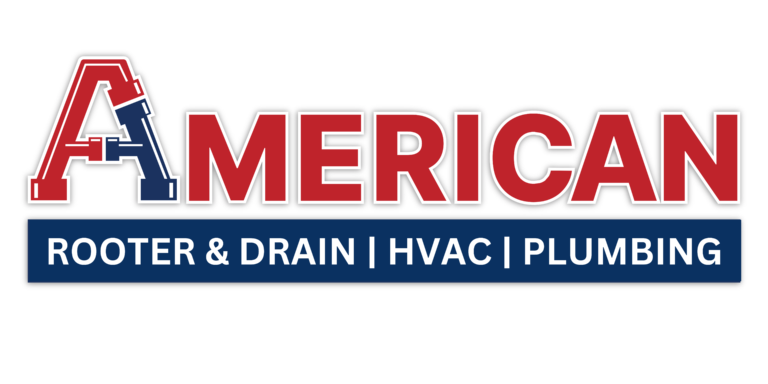
Veteran Owned and Operated
Coupons
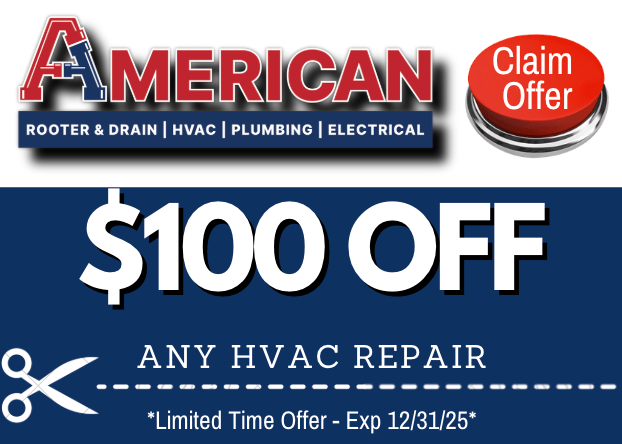

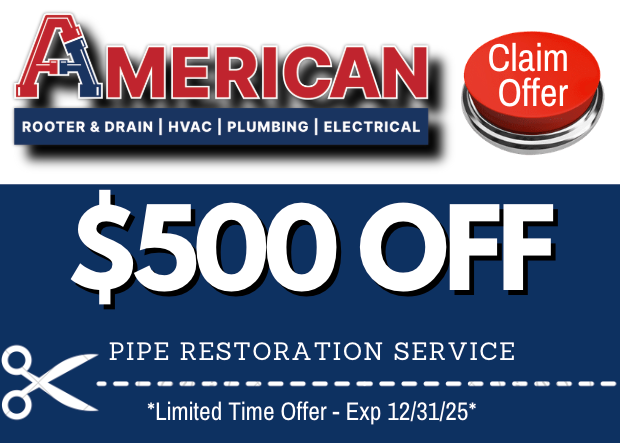

Review Us


